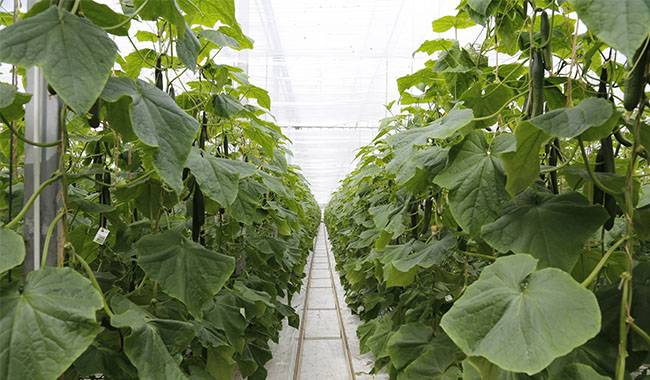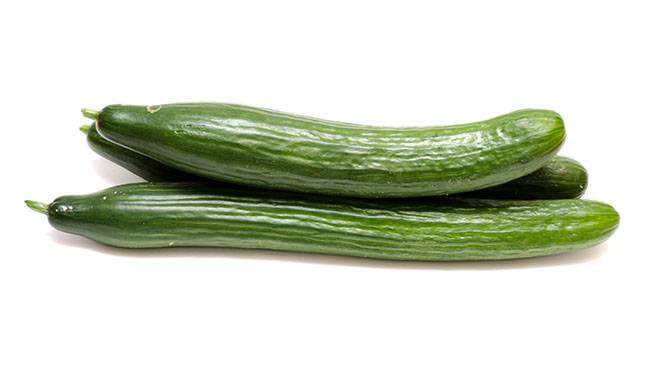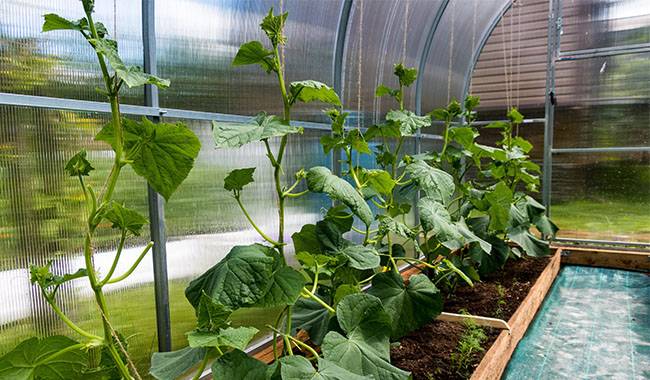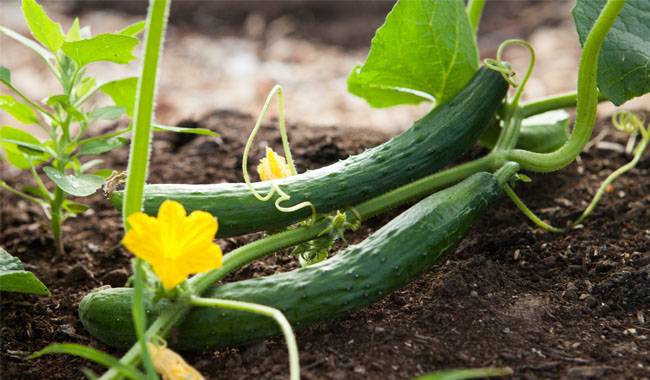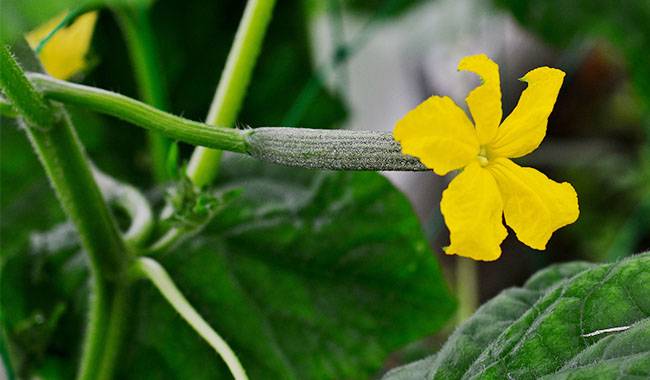
Cucumbers are a favorite crop for most gardeners, so they grow everywhere in our garden beds. But very often, inexperienced gardeners have many questions about their cultivation, above all in open spaces.
The fact is that cucumbers are very heat-resistant and this culture has its own peculiarities in agricultural techniques in temperate climatic zones.
Everything you need to know about growing cucumbers in the open ground, we will tell you in the article.
Varieties of cucumbers – this is important!
Cucumbers – the plants are heat-loving and require high growing conditions, so it is very important to choose the right variety or hybrid – recommended specifically for your cultivation region. Only such plants can show excellent results in open fields under local conditions.
Bee-pollinated, self-pollinated or single-flowered cucumber varieties or hybrid forms are suitable for outdoor cultivation. When selecting seeds, you should look for those with the following written on the package: resistance to cold, temperature changes, and disease. Such plants develop and fruit better under difficult growing conditions without shade.
Another important factor is to choose medium-growing cucumber varieties (the seed packets will also state this information). They will be easier to support and can be covered up if necessary to protect them from the cold.
Choose a location and bed for your cucumbers
Seedbeds for cucumbers are best placed in the brightest place, preferably on high ground – cucumbers do not tolerate overwatering, standing water, and cold ground in low areas. The best place is considered to be open on the south side. Beds should be protected from the wind.
Soil preparation for cucumbers is best done in advance – still in the fall – by carefully collecting and removing all plant debris and making an organic fertilizer – manure or humus – on the plot. Cucumbers are very demanding in terms of introducing organic matter.
For cucumbers, so-called warm beds are ideal. On the one hand, they are rich in organic matter, and on the other hand – they have a higher soil temperature than conventional beds. Growing cucumbers in warm beds allow you to start earlier and finally harvest later.
When to sow cucumbers?
Cucumbers can be sown either as seedlings or directly in the open ground of the planting site. When the soil has warmed sufficiently and there is no threat of a sharp drop in temperature, sow directly into the ground. Cucumbers are very heat-loving and they may not be able to root at all in cold soil.
If the seedling method is used, seeds should be sown 30-35 days before the planting date. It is at this age that you can be a little earlier and the seedlings take root well in their new location. Overgrown seedlings will have a much harder time adapting because the roots are very delicate and fragile.
Normal growth and development of cucumber plants occur at soil temperatures of no less than 59-60°F (15-16°C). These are the conditions you should strive to maintain so that the planted seedlings will develop well. At lower temperatures, plants will not grow, even if they will take off until warmer weather arrives.
The second important factor in determining the success of your seedlings is creating conditions that will preserve the maximum amount of root system during transplanting. Cucumber plants tolerate it very poorly.
Therefore, the seeds should be sown in loose soil and the seedlings should be transplanted as accurately as possible. Otherwise, cucumbers will be sick for a long time and the period for obtaining the first harvest will be shifted. In this case, the harvest itself may be lower than expected.
The best time for planting seedlings
Optimal development and fruiting of cucumbers are considered to be a fairly high air temperature – about 75-80 °F (24-27 °C). So there is no need to rush planting seedlings.
As a rule, the middle zone of cucumber seeds for the open ground is planted in the second half of May, and seedlings are planted in the open ground in mid-June. By this time, the threat of frost return has passed and day and night temperatures are comfortable enough for these heat-loving plants.
But in recent years, as experienced gardeners have pointed out, the weather can change very dramatically in one direction or the other. Therefore, it is necessary to act on specific weather conditions in each season.
When planting, don’t let the cucumbers grow too fast!
Whether you are growing cucumbers outdoors or in a greenhouse, you need to leave enough space between plants. Otherwise, cucumbers will shade each other out and compete for water and nutrients, which can affect yields.
When determining the distance between cucumber plants, you need to consider the size of the particular variety. Cucumbers are best planted at 20-23inch (50-60 cm) apart, with about 40-50inch (100-120 cm) between rows.
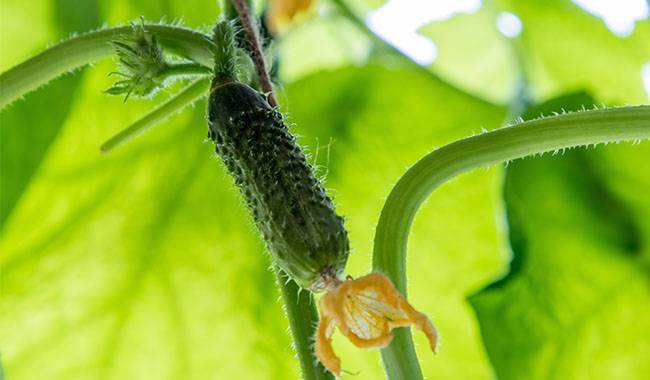
Cucumbers need to be shaped!
The care of this is not clear to everyone, especially since many inexperienced gardeners have a lot of questions about the formation of cucumbers. First, you need to remove the lower shoots in contact with the ground – in them there will be no good harvest because of the lack of light.
Later, you can form plants in one stem, completely removing the side shoots. Or prune the plant after it has grown 5-6 leaves, which will stimulate the branching of the plant and thus increase the yield because the fruit on the side shoots is activated.
Proper watering
Cucumbers are very sensitive to irrigation failure. Due to the lack of water in the soil, the plant wilts, and the ovaries fall off. Also, too much water can cause ovaries to drop, which can lead to more diseases.
Water the plants about once every 6-7 days during growth and once every 3-4 days after they start to set. Each bush needs at least 2 liters of water. Of course, you should also be guided by weather conditions. In cool, cloudy weather, cucumbers should be watered less often.
The water must be warm, no less than 64°F (18°C), but the optimum temperature is considered to be 73-77°F (23-25°C). Under no circumstances should you water cucumber plants with a hose that has strong water pressure.
Treat cucumber plants regularly.
Cucumber plants must always be taken care of in a timely manner. First of all, they need regular weeding and loosening of the soil. The plants feel very uncomfortable in the dense soil, on which a soil crust forms – they fall behind in growth and drop their ovaries.
To keep the soil around the bushes from compacting, the soil around the plants has to be loosened, but you have to do it very carefully. Cucumber roots are fragile, and if they are not cared for properly, the plants can be damaged. Loosen the soil on cucumber bushes, the depth should not exceed 2-4 cm.
When the plant has 3 true leaves, it is recommended to soak them. This procedure will allow the plant to grow a stronger root system due to the presence of additional roots.
Cucumber plants can also benefit from mulching. You can use well-digested manure, “old” sawdust, peat, straw, or modern non-woven materials. Mulch helps conserve moisture, curb weed growth, and reduce temperature fluctuations during the day and night.
When mulching, spread a layer of mulch over the entire bed, not just around the plants, as the cucumber roots are located on the surface and occupy a considerable area.
Fertilize cucumbers regularly
On average, cucumber plants need to be fertilized at least five times per season. Cucumbers are very fond of organic matter, so the best way to fertilize is to alternate between organic and mineral fertilizers or to use a combination of organic and mineral fertilizers.
As an organic fertilizer, you can use a ready-made fertilizer based on chicken manure or horse manure – each region has its own supplier and brand of fertilizer.
The first fertilizer after planting can be a urea solution (according to the instructions), which stimulates the growth of the plants and brings them into fruiting earlier. In the future, you should not ship away too much nitrogen fertilizer, otherwise, you will get a big pile of cucumber shoots instead of a harvest.
When the fruits decline, you can apply another urea fertilizer – the fertilizer will stimulate the redevelopment of the plant.
Cucumbers respond well to fertilization with a solution of grass ash, 1 cup per bucket of water. The potassium contained in the ash stimulates the flowering and fruiting of the plant.
Do not use potassium chloride fertilizer on cucumbers, plants respond very negatively to it.
Protection against diseases and pests
When plants are attacked by diseases and pests, it leads at best to a decrease in yield and at worst – to their death. Delicate cucumber bushes are often affected by diseases. In open spaces, they are usually affected by root rot.
To avoid the trouble of treating the plants, the easiest thing to do is to carry out preventive measures to prevent the disease. A very simple and effective way to prevent cucumber diseases is to observe the principle of crop rotation – it is recommended not to sow cucumbers for three years after a pumpkin crop. Good predecessors of cucumbers are considered to be onions, peas, cabbage, beets or potatoes, and peppers.
In addition, bio fungicides can help prevent disease by watering regularly. Fertilizers and growth regulators, on the other hand, are anti-stress and help the plant to adapt to the difficult conditions of the open field, on the other hand, it forms the resistance of the plant to diseases.
The cucumber aphid is the most common pest in the open ground. Due to the precocity of this culture, it is recommended to treat cucumber plants with biological agents only. Chemical preparations have a long waiting period – a period when you cannot eat treated vegetables.
In general, there are no difficulties in growing cucumbers in the open ground, the main thing is not to forget about the conditions that this plant needs and try to comply with them.




